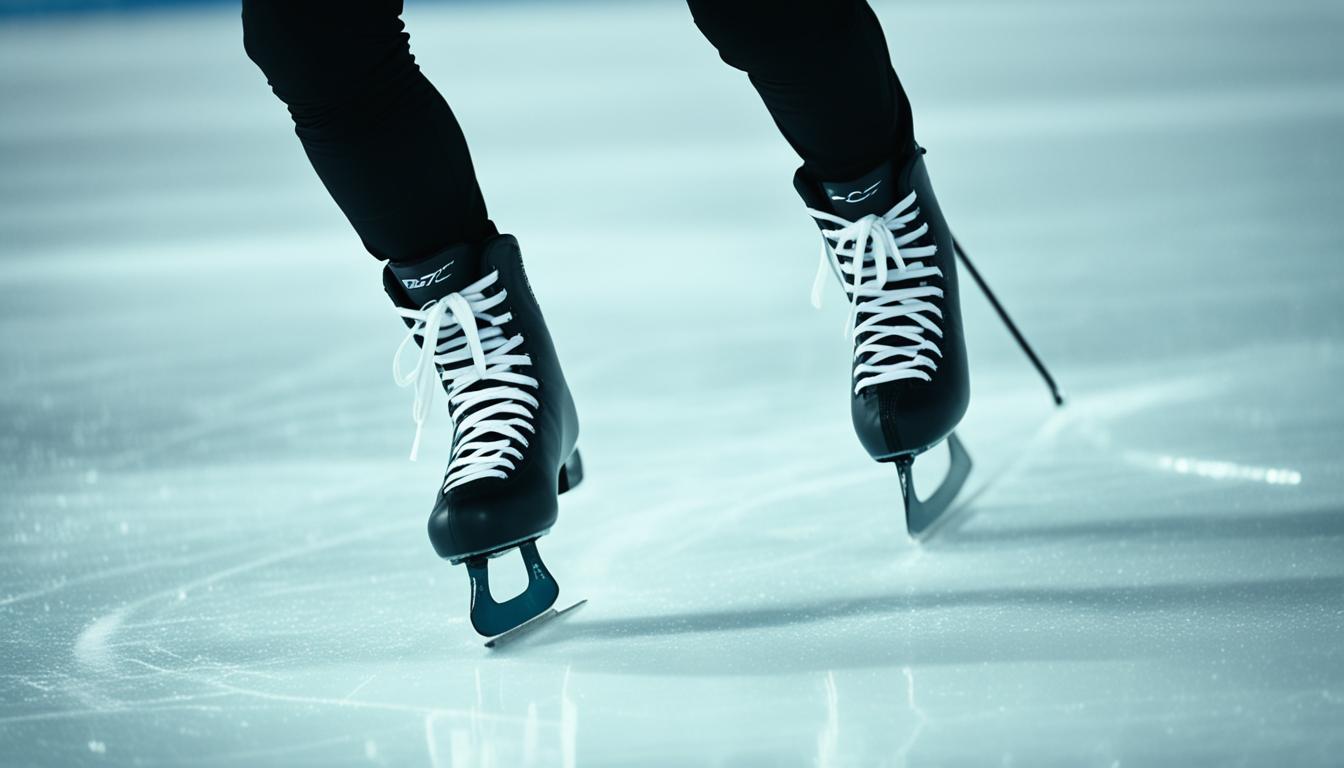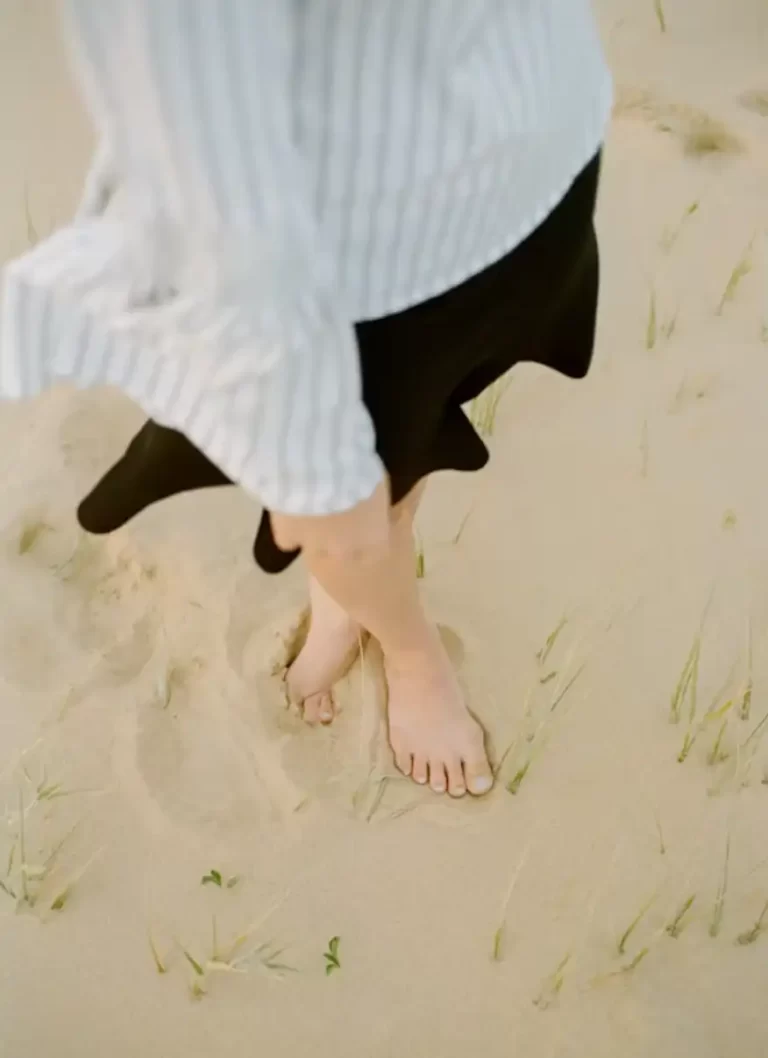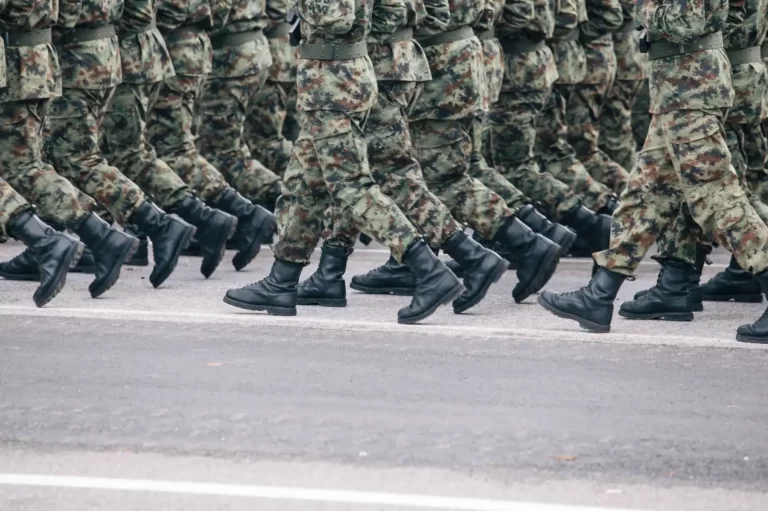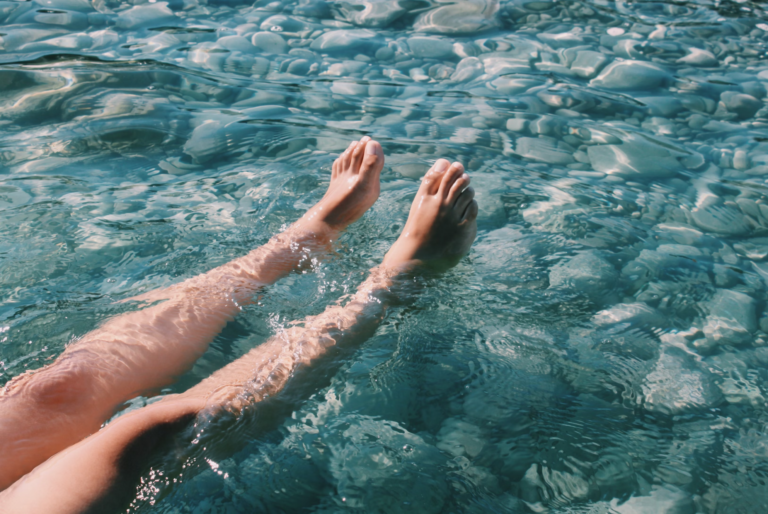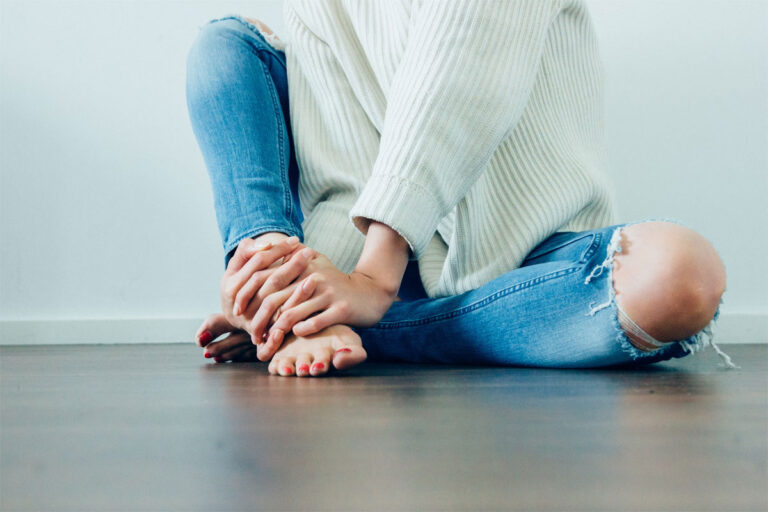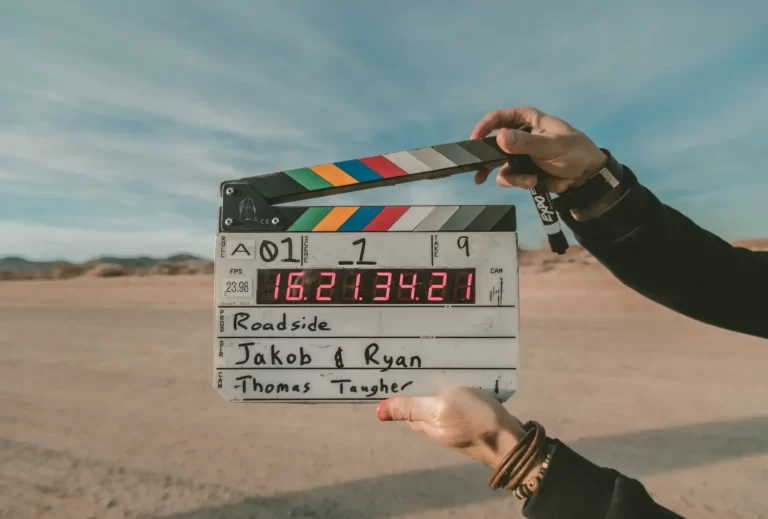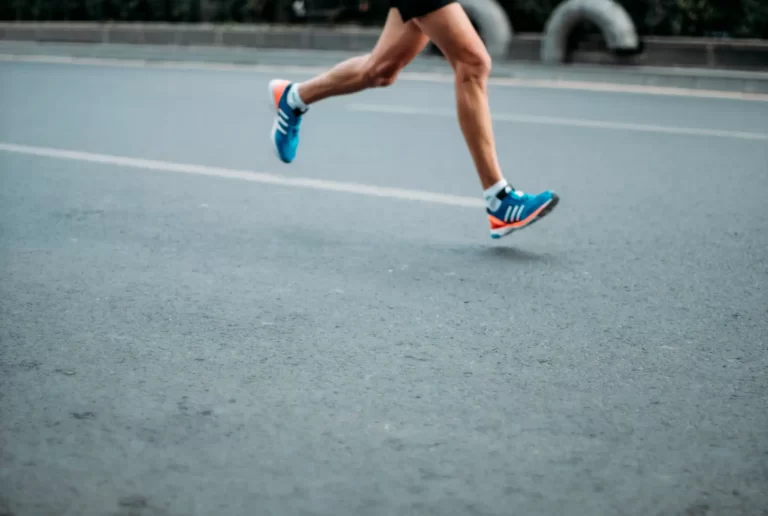Ice Skating with Flat Feet: Overcome the Challenge
Have you ever thought about succeeding at ice skating with flat feet? It’s a common issue that makes many people struggle on the ice. They deal with problems like staying stable and putting too much pressure on their joints. Nonetheless, good news is here. With the right steps and proper support, you can have fun ice skating without getting hurt. This guide will show you how to handle ice skating with flat feet.
Wondering how to get better at skating even if your feet are flat? It’s all about knowing what your feet need, picking the best gear, and doing certain exercises. After reading this, you’ll have everything you need to be great on the ice, no matter your foot shape.
Key Takeaways
- Flat feet can significantly impact balance, stability, and overall skating performance.
- Proper skating equipment, including supportive boots and insoles, can make a significant difference for flat-footed skaters.
- Strengthening the arches, ankles, and improving balance can help overcome the challenges of flat feet skating.
- Incorporating specialized on-ice techniques, such as weight distribution and edge control, can enhance control and stability.
- Seeking professional guidance from podiatrists, physical therapists, and experienced skating coaches can provide valuable insights and support.
Understanding Flat Feet and Its Impact on Ice Skating
Flat feet, known as pes planus, have the arches fully or partly missing. This means the foot sole touches the ground completely. It’s a common issue that affects how well we can ice skate.
What Are Flat Feet?
Flat feet happen when the arches of your feet don’t form correctly or collapse as you grow. Many things can cause this, like your genes, getting older, or being overweight. Folks with flat feet usually feel unsupported. This can cause problems when they have fun ice skating.
How Flat Feet Affect Ice Skating
Ice skaters with flat feet might find it hard to do their best because of this lack of arch support. Normally, arches help your feet absorb shocks. Without this, skaters face issues like bad balance and painful ankles, knees, and hips. It’s tough to do sharp turns and stay in control on the ice. Plus, the risk of getting hurt, like a sprained ankle, goes up.
Common Challenges Faced by Ice Skaters with Flat Feet
Skaters with flat feet deal with some hard stuff. They can’t control their skates well, which makes it easier to get hurt. And, they often feel uneasy when they skate. Without the right support, they also tire quickly and feel their muscles strain. This means they can’t pull off fancy moves as easily as skaters with normal feet do.
Preparing for Ice Skating with Flat Feet
Getting ready for the ice rink is extra important for skaters with flat feet. It’s key to pick the best skating boots and blades. Also, using the right foot support and insoles can greatly improve your time on the ice, from comfort to how well you skate.
Choosing the Right Skating Boots and Blades
Finding the perfect skate boots is crucial for people with flat feet. The right boots can give you the stability and control you need on ice. They should fit tightly around the ankles and heels to avoid too much turning in the feet. This also helps you make sharp turns better. Choose boots that match the type of skating you do, whether it’s figure skating, hockey, or just for fun.
Importance of Proper Foot Support and Insoles
Along with good boots, adding custom orthotics or quality insoles can do wonders. They’re especially made for those with flat feet. They keep your feet comfy and help you skate better by supporting your arches, lessening too much rolling of the feet, and boosting your balance and control on the ice. Make sure to pick insoles that meet the specific needs of flat-footed skaters. They should give the right cushion, stability, and support to align your feet properly and keep you feeling good while skating.
Corrective Exercises and Stretches for Flat Feet
Adding the right exercises to your routine can significantly help skaters with flat feet. These workouts aim to strengthen your arches and ankles. This makes you more stable and in control on the ice. The focus is also on balance and body awareness, which are key for good skating.
Strengthening the Arches and Ankles
Focusing on your arches and ankles is crucial if you have flat feet. Start with workouts like towel scrunches, using foot domes, and calf raises. These exercises boost the tiny muscles in your feet. This leads to better arch support and ankle strength. Doing these regularly can improve your feet’s support and lessen leg strain during skating.
Improving Balance and Proprioception
It’s vital to sharpen your balance and body awareness on the ice. Try exercises like standing on one leg, working on a BOSU ball, and plyometric drills. These workouts challenge your stability and make you more aware of your body’s position. With better balance and proprioception, you’ll have more control and confidence on the ice.
Don’t forget, sticking to a routine is important with these exercises. They can really boost your skating and make you feel better on the ice.
Ice Skating Techniques for Flat Feet
Starting the ice skating journey with flat feet? Learning specific techniques will really help you glide better. It’s important to get the weight right, control the edges, and keep the ankles steady. These things can make a big difference for skaters with flat feet.
For a solid skating stance, keep your weight even on your feet. This will boost your control and poise on the ice. Focus on not leaning too much forward or backward. Also, tighten your core to help keep your stance sharp and your body in line.
Controlling the edges is critical. It’s harder with flat feet, but not impossible. Do exercises that focus on inside and outside edge control. This will build up the strength in your ankles and lower legs. It helps you stay in control and do turns confidently.
Ankles must be stable for skaters with flat feet. Strong ankles keep you from getting hurt and improve your balance. Perform balance and plyometric exercises to strengthen your ankles. These will be a big help.
Mastering these skills will help flat-footed skaters move easily and confidently on the ice. It might take more work, but the feeling of overcoming this challenge is worth it. Stick with it and enjoy the rewards.
On-Ice Techniques for Skaters with Flat Feet
Skaters with flat feet need to learn special techniques for better stability and performance. We should work on our stance and how we distribute our weight. This includes mastering edge control and keeping our ankles strong.
Proper Skating Stance and Weight Distribution
It’s important to stand and distribute your weight correctly on the ice. For flat-footed skaters, keeping your weight spread evenly across your foot is key. This stops your foot from rolling too much, which can make you wobble.
Stand with your feet a bit wider than usual, but still your shoulders’ width apart. Also, make sure your knees are bent and in line with your toes. These tips will help you control your weight better and stay stable.
Edge Control and Ankle Stability
Sharp edge control is vital for us skaters with flat feet. It allows us to move smoothly and quickly on the ice. Getting stronger ankles and watching how our feet move are good strategies.
Do exercises that strengthen your ankles and improve balance. These activities can make you more agile on the ice. Also, always pay attention to your ankles when you skate. This makes sure you’re using your edges right and helps prevent ankle injuries.
Foot Support Options for Ice Skaters with Flat Feet
Skating well on the ice with flat feet is hard, but the right support can change this. We will talk about how custom orthotics and special arch supports help. Plus, we’ll give tips on picking the best insoles for better balance and skating.
Custom Orthotics and Arch Supports
For those who skate with flat feet, custom orthotics or arch supports are key. These special foot supports meet your foot’s exact needs. They give the ankle, knee, and hip support, helping you skate better.
Selecting the Right Skating Insoles
Along with orthotics, the right insoles matter a lot. Choose insoles made for flat feet. They offer cushioning and support, making skating easier and more fun.
When picking foot support, think about arch height and how they fit. Custom orthotics are great, but good insoles are also worth it for flat-footed skaters.
Preventing Injuries and Pain Management
Ice skaters with flat feet need to focus on preventing injuries and managing pain. It’s key to warm up before skating and cool down after. This helps protect your body and makes your skating better.
Warm-up and Cool-down Routines
Starting with a good warm-up is essential. It gets your muscles and joints ready for skating. Do dynamic stretches focusing on your ankles, calves, and feet. This includes ankle circles and calf raises to warm up.
After skating, do gentle stretches to cool down. This helps your muscles relax and can prevent injuries. This is especially important for skaters with flat feet.
Treating and Recovering from Overuse Injuries
Overuse injuries can happen, even with careful preparation. If you notice signs of injuries like Achilles tendinitis or ankle sprains, act quickly. Rest and ice the affected area. Also, talk to a doctor or physical therapist for a recovery plan.
Handling overuse injuries early helps you get back to skating sooner. It includes the RICE method and tailored exercises from a professional. Remember, taking care of yourself is vital to enjoy skating for a long time.
Skating with Flat Feet: Inspiring Stories and Role Models
Ice skating with flat feet can be tough. But it’s crucial to look for inspiration in those who’ve won against the odds. Many skaters with flat feet have done amazing things. They’ve not just succeeded but also set an example for others like them.
Ashley Johnson is one such person to look up to. She was born with flat feet but became a top figure skater. Despite many obstacles, Ashley became a national champion several times and made the US Olympic team. Her journey proves that flat feet skating success stories are real, showing you can win with the right mindset.
Then there’s Alex Nguyen, a recreational ice hockey player. He didn’t let his flat feet stop him. He dealt with ankle pain through orthotics and podiatrist help. Now Alex is known in his league, showing others with flat feet they can achieve their dreams too.
| Skater | Accomplishments | Overcoming Flat Feet |
|---|---|---|
| Ashley Johnson | – Multiple national figure skating championships – US Olympic team member |
– Dedicated training and perseverance – Specialized orthotics and foot support |
| Alex Nguyen | – Successful recreational ice hockey player | – Consulting a podiatrist – Utilizing custom orthotics |
These flat feet skating success stories and flat feet skating role models are true inspiration. They remind us that with the right help and attitude, anyone can excel in skating. They encourage us to be proud of our differences and follow our dreams with all our heart.
Off-Ice Training for Flat-Footed Skaters
Ice skaters with flat feet benefit greatly from off-ice training. It supports their skating and helps lower injury risks. A good off-ice routine boosts fitness, stability, and strength, leading to better performance on the ice.
Strength and Conditioning Exercises
To skate better, flat-footed skaters need strong and stable muscles. They should do exercises that target the feet, ankles, and legs. These improve balance, edge control, and their overall skating skills. Good exercises include calf raises, foot flexion and extension movements, and using resistance bands to work the small foot muscles.
Cross-Training for Overall Fitness
Cross-training is also key for skaters with flat feet. It helps them reach a high level of fitness that’s needed for skating. Swimming, cycling, and rowing can boost heart health, core strength, and body awareness. These factors are critical for successful skating with flat feet. Adding yoga and Pilates improves flexibility, body control, and balance on the ice.
Seeking Professional Help and Advice
Self-care and personal training help a lot, but sometimes you need expert advice if you have flat feet. A consulting podiatrist for flat feet skating or a physical therapist for flat feet skating can give you special treatment and advice. They help you deal with the tough parts of skating.
When to Consult a Podiatrist or Physical Therapist
Feeling pain, discomfort, or struggling to stay balanced while skating means it’s time to see a pro. A podiatrist or physical therapist will check your feet and how you walk. They’ll find out what’s wrong and suggest things like special insoles or exercises. These help reduce pain and make you a better skater.
Working with a Skating Coach
Getting help from a skating coach for flat feet is also a great idea. They look at how you skate, give you tips, and help you find ways to skate better with flat feet. Working with someone who gets your unique struggles can really improve how you perform and prevent injuries.
Embracing Your Uniqueness on the Ice
Skating with flat feet means facing unique challenges. It’s key to accept your special traits and be proud of what you achieve. The hard work and courage you show in your skating journey are truly remarkable.
Building Confidence and Self-Belief
To do well with flat feet in skating, believing in yourself is crucial. Realize your flat feet don’t stop you from shining on the ice. Understand you’re special with your own skills. This will help you go further than you ever thought.
Celebrating Your Accomplishments
As you skate, remember to cheer for the victories, big or small. It could be about learning something new, getting better at keeping your balance, or just enjoying the glide. Celebrating these moments helps you feel good about yourself.
Your flat feet are part of what makes you stand out. Use this in a positive way for your skating. With a strong will, the right people cheering you on, and hard work, you can beat the odds. You will grow, inspire others, and amaze yourself.

